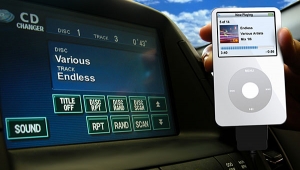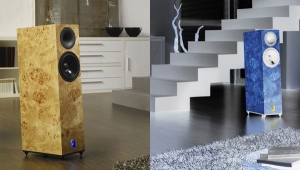| Columns Retired Columns & Blogs |
Krell KAVxi4000. Pure class-A. Runs a bit warm, but is powerful, warm-sounding, yet extremely detailed—and never breaks a sweat, no matter what it's playing. I love it for all of the above, and have yet to find anything to find fault with it. It's my first Krell, first class-A amp, too, and I don't think I'd ever go back


























